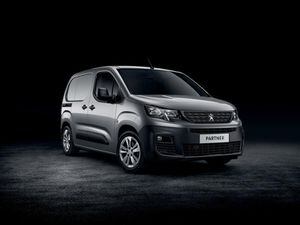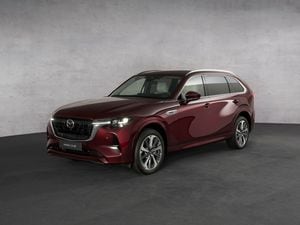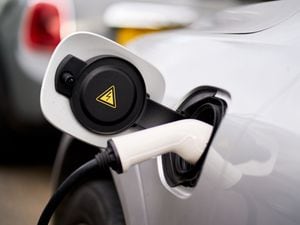Peugeot, Citroen and Vauxhall unveil new van siblings
The Partner, Berlingo and Combo are based on the same platform but pitched at different areas of the market

The first joint commercial vehicle project between Vauxhall and its new owner PSA Peugeot Citroen has been unveiled. The Peugeot Partner, Citroen Berlingo and Vauxhall Combo share plenty with each other but have distinct personalities in line with their respective manufacturer’s ethos.
All three vans are available in two body lengths – M and XL, measuring 4.4m and 4.75m respectively. All three also have a maximum 1,000kg payload depending on length, trim and engine.

They ride on PSA’s EMP2 platform – the same scalable chassis that underpins larger vans such as the Peugeot Expert as well as passenger cars including the Citroen C4 SpaceTourer and Peugeot 308.
Engines are shared between the Peugeot and Citroen, too. There’s a choice of two 1.2-litre petrol engines with either 108bhp or 128bhp, or three 1.5-litre diesels with 74bhp, 98bhp and 128bhp. Vauxhall did not reveal the Combo’s powertrains, but we’d expect them to mirror its sister vans.
Unique to the small van segment is the overload indicator – a clever feature that lights up a white LED if 90 per cent of the van’s maximum load is reached. Should the load be exceeded, a dashboard warning appears. There’s also a sophisticated camera system available, which features a lens on the offside mirror and another above the rear doors to eliminate blind spots. Footage is displayed on a five-inch screen where the rear-view mirror would usually be.
Other safety kit is plentiful and impressive in the light commercial vehicle market – all three vans are available with autonomous emergency braking, lane-keep assist, traffic sign recognition and switchable off-road traction control.
In practical terms, the vans benefit from 180-degree opening rear doors, a maximum width of 1.23m between the wheel arches and the option of a five-seat crew cab on long-wheelbase models.
The Peugeot is the upmarket option of the three, and features the most striking change inside – the brand’s i-Cockpit. This comprises a shrunken steering wheel and high-set dials and aims to improve visibility and driving fun.

Other than this, the three vans are virtually identical, with differences limited to colours and trim, badging, and front-end styling. The Peugeot features the brand’s signature upright grille set high up on the Partner’s front. The Berlingo eschews Citroen’s own trend for an ‘upside-down’ headlight arrangement in favour of one more conventional, but is still instantly recognisable thanks to the bold double chevron grille. Meanwhile, the Vauxhall Combo features the brand’s family face, with distinctive right-angled LED daytime running lights and a chrome strip across the grille.
Pricing and full trim levels have not yet been revealed for any of the vans, but we’d expect prices to be similar to the models they replace, with the Peugeot likely to command a small premium over its two siblings thanks to its upmarket leanings.





